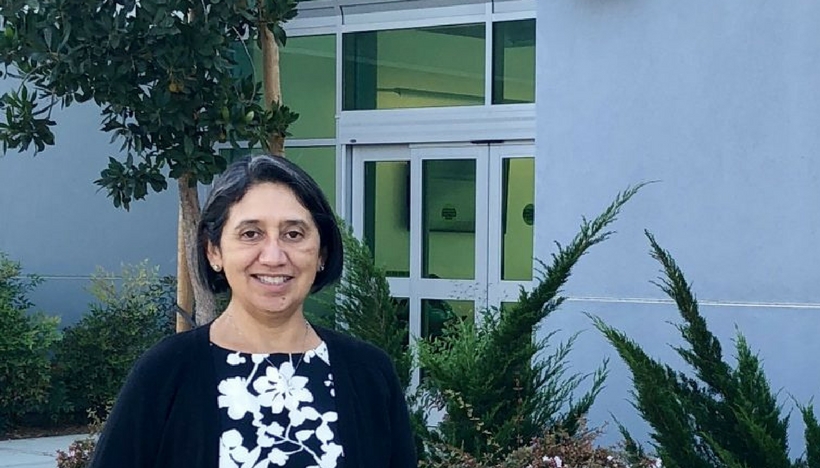This post is written by member Catherine Lamas.
This semester I celebrate the 10th anniversary of my adjunct career. At the five-year mark, I had my doubts, but I pushed through and now I look at those early years as the break-in period—like a new pair of shoes. I jumped, fresh with my Composition MA, into an introductory college composition class with less than 72 hours to prepare my first syllabus. This is how it is as an adjunct—ready and willing to teach at a moment’s notice. The classic trench is how I refer to the environment where I reside. Sometimes it is deep, dark, and uncertain. Given the lack of tenure positions, I still hope to someday experience stability afforded to tenured faculty where I can teach in an inclusive professional environment.
I was assigned foundational classes in the first few rounds of teaching. As new teachers, we are tasked to build the writing foundation for students as we are building our own foundation for teaching. When we think of a trench, it is often viewed as a long, narrow ditch used for safety in the battlefield, or for laying the infrastructure for a building or public system. Public education is indeed a public system that relies on a series of trenches to support the learning framework for our students. Trenches also provide a place where we find safety when times are uncertain. They can be a place to huddle and regroup as needed.
In these trenches, I have seen some great success stories unfold, for many of my students have gone on to great careers. And I have also spent time wondering what went wrong when everything should have gone right. Teaching in the urban community college system is quite an experience. Many students show up underprepared for community college–level work and have little understanding of how to be a college student; this is where our trench-work begins. We carefully work with students who bring into the classroom experiences that make most people cringe. Homelessness, mental and/or physical abuse, lack of moral support, and exceptionally low writing abilities are common in the classroom. Addressing all these needs in classes as large as forty-five students can equate to falling into a trench (huddle—regroup).
We work at “installing utilities” within a channel that students will draw from and use throughout their lives. We provide students with the skills to succeed in advanced classes taught by the tenured staff. We need to also wonder what our colleges would be like without this vital pool of adjunct teachers. Who would build the infrastructure to provide the utilities needed in the advanced classes?
These utilities are provided at a price that can never be fully measured nor compensated because they are often assembled by faculty who float through the system never fully knowing what the next semester will bring. It is hard to measure the costs by strictly using an hourly classroom wage; the intangibles tied to teaching can never be measured. A lot of work in course preparation takes place outside of campus in the uncompensated space. While we take great care to provide the student with tools for success, that same sentiment is not always afforded to the contingent employee. This needs to change!
Stability and inclusion are key to the success of adjunct teachers. Full-time status needs to be an option. This should allow for a consistent schedule, reasonable office accommodations on campus, access to tenured staff for support and collaboration, paid personal development, and a way to experience a sense of true camaraderie. In my situation, I teach in the evenings and weekends where there are very few, if any, full-time staff to collaborate with. There is also the “second-class citizen” mentality that is prevalent on many campuses. Department planning sessions are not always open to part-time faculty, yet we will have to live and teach by decisions which we had no part in making. A stable teacher is a happy and productive teacher. Let’s recognize the adjunct teacher as a full colleague and provide an inviting atmosphere for the well-being of all involved.
Looking forward, I plan to teach for several more years regardless of my status; the significance I play in educating our future keeps my gears churning. However, I believe we will come to a breaking point where things will have to change to ensure long-term security and equity for all those in the teaching field. Until then—huddle and regroup as needed.
Catherine Lamas is an adjunct composition instructor in multiple community colleges in the Los Angeles area and the California State University system. Catherine has taught for 10 years and holds an MA in English Composition, Rhetoric & Language, and a BA in English Education.
Note: For additional resources, please see the following:
Forum: Issues about Part-Time and Contingent Faculty
CCCC Statement on Working Conditions for Non-Tenure-Track Writing Faculty
CCCC Principles for the Postsecondary Teaching of Writing
NCTE Resolution on Affirming Labor Equity for Adjunct Teachers and Graduate Employees
Not Just a Matter of Fairness: Adjunct Faculty and Writing Programs in Two-Year Colleges
Adjunct Faculty at the Community College: Second-Class Professoriate?

